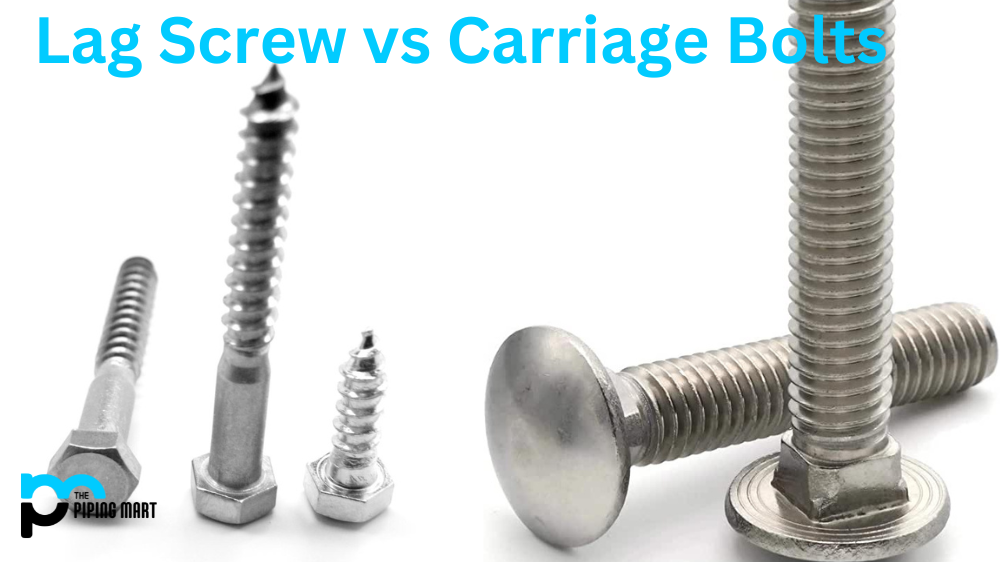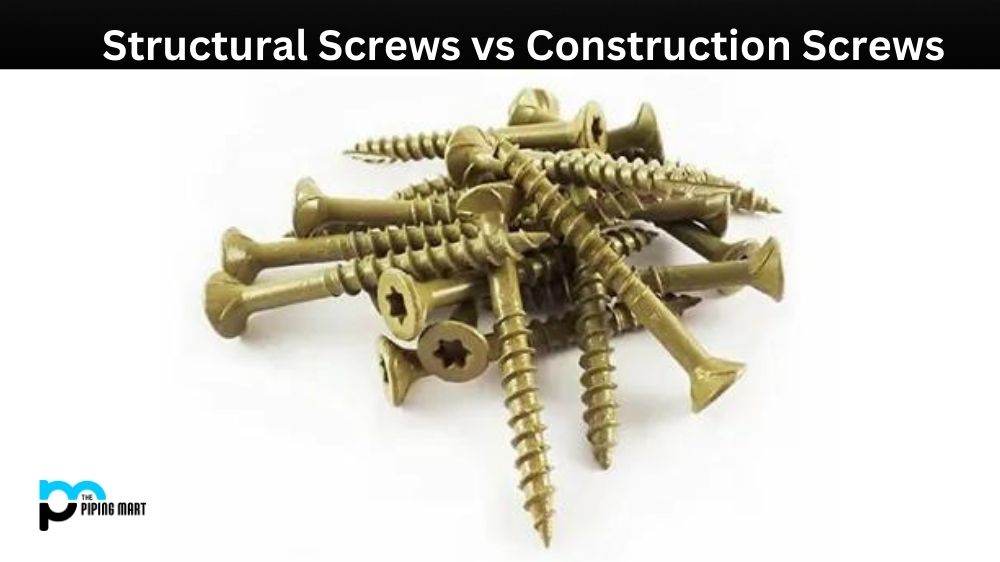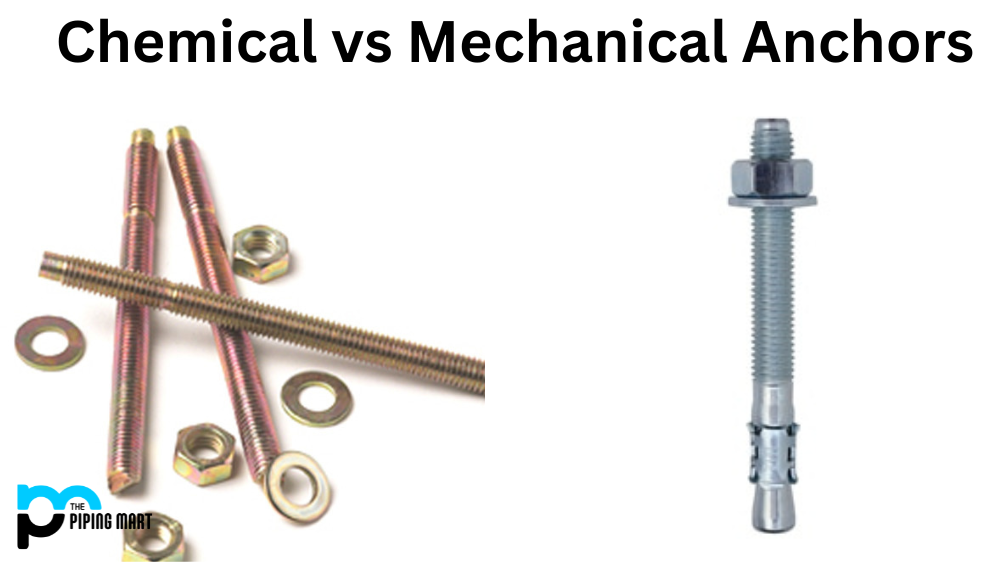When it comes to woodworking and construction, selecting the proper fasteners is crucial. Whether you’re building a deck, framing a wall, or working on any other project, choosing the correct screws or bolts is essential. Two popular options are lag screws and carriage bolts. But which one is better? This blog post compares these two fasteners’ features, pros, and cons.
What is Lag Screw?
Lag screws, or lag bolts, are heavy-duty fasteners designed for wood applications. They feature a hexagonal head that can be tightened with a wrench or socket, providing great holding power. The threads on lag screws are coarse and sharp, which allows them to bite deeply into the wood and create a strong connection. They are commonly used to secure large beams and posts and attach hardware to wood surfaces.
What is Carriage Bolt?
On the other hand, carriage bolts are also used in wood connections but feature a round head and a threaded shank with a square neck under the head. Carriage bolts also require a nut and a washer to hold them. This makes them ideal for situations where you need to tighten and loosen the connection frequently. They are commonly used for assembling furniture, wood railings, and other similar applications.
Difference Between Lag Screw and Carriage Bolts
How are Lag Screws Used?
Lag screws are typically used in applications where high levels of tension or shear stress will be present. Lag screws are often used to secure heavy timbers or beams in place. They can also fasten metal plates to wood or concrete surfaces.
How are Carriage Bolts Used?
Carriage bolts are typically used in applications where moderate levels of tension or shear stress will be present. Carriage bolts are often used to secure wooden boards or panels in place. They can also fasten metal plates to wood or concrete surfaces.
Advantages of Lag Screws
The main advantage of lag screws is their high level of holding power. Lag screws can withstand much higher tension and shear stress levels than other fasteners, making them ideal for structural applications.
Advantages of Carriage Bolts
The main advantage of carriage bolts is their ease of installation. Carriage bolts can be installed quickly and easily without special tools or equipment. Also, carriage bolts have a low profile head, making them less likely to catch on clothing or other objects.
Disadvantages of Lag Screws
The main disadvantage of lag screws is their size. Lag screws are much larger than other fasteners, making them difficult to work with in tight spaces. Additionally, lag screws require a drill bit that is slightly larger than the screw itself, which can add time and expense to the installation process.
Disadvantages of Carriage Bolts
The main disadvantage of carriage bolts is that they cannot be removed once installed. This can be an issue if repairs or adjustments need to be made down the road.
Conclusion:
In conclusion, lag screws and carriage bolts have unique strengths and weaknesses. The choice depends on the specific application and requirements of your project. If you need a fastener that can provide superior holding power, particularly for heavy-duty tasks, then lag screws are the way to go. On the other hand, carriage bolts are the better choice if you want a faster and more aesthetically pleasant installation option. Regardless of your decision, always use high-quality fasteners and follow the manufacturer’s specifications for optimal performance and safety.

Abhishek is a seasoned blogger and industry expert, sharing his insights and knowledge on various topics. With his research, Abhishek offers valuable insights and tips for professionals and enthusiasts. Follow him for expert advice on the latest trends and developments in the metal industry.




